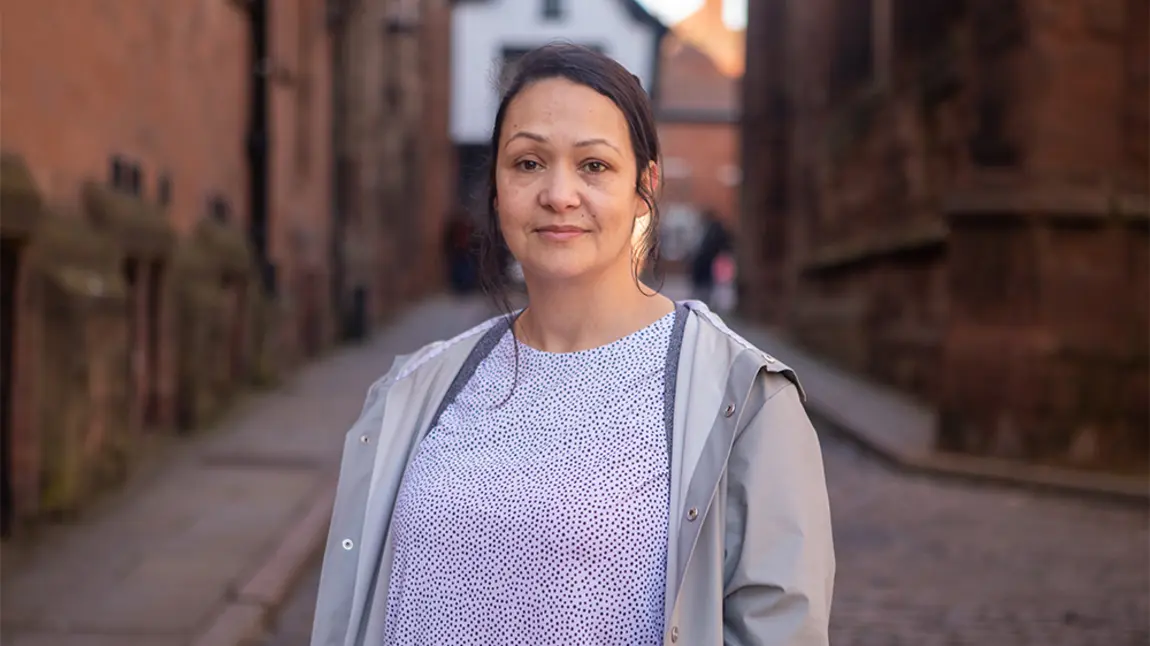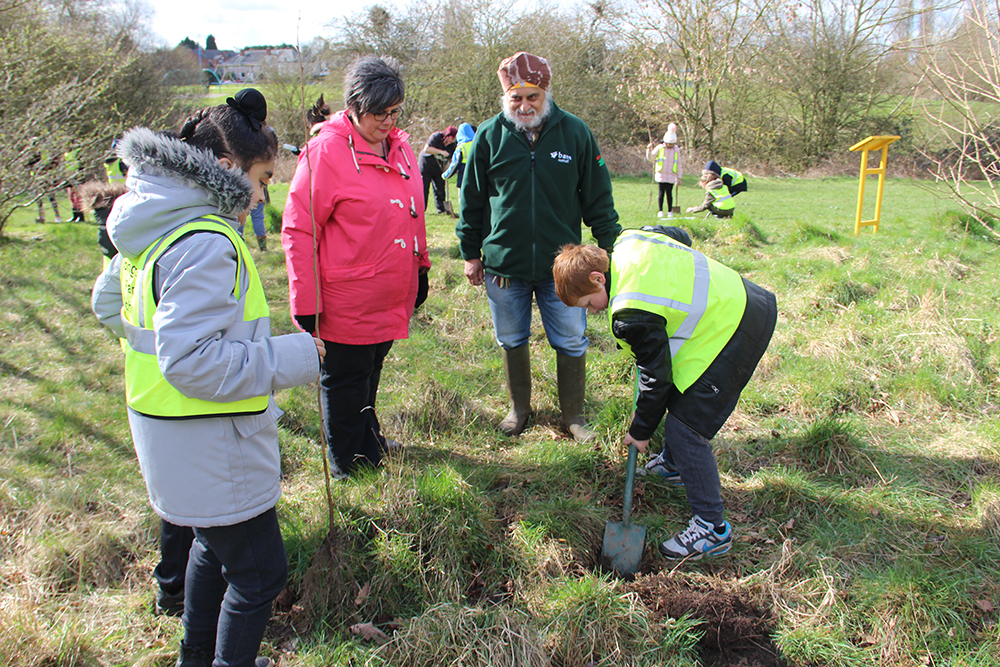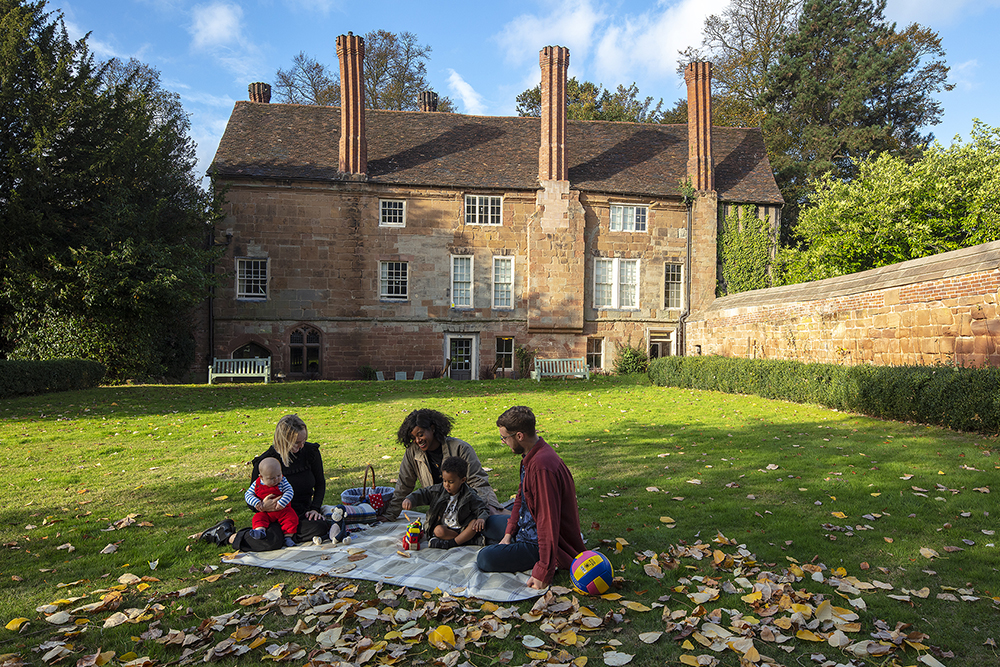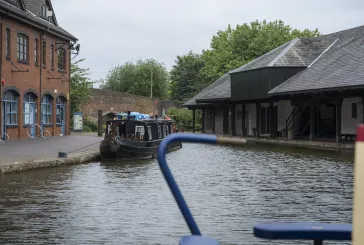Dyfodol Gwyrdd: darganfod beth mae natur yn ei olygu i Coventry

On 15 May 2021, Coventry will begin its year as UK City of Culture, following in the footsteps of Derry/Londonderry in 2013 and Hull in 2017.
The National Lottery Heritage Fund invested £3million for us to develop a natural heritage strand to the City of Culture programme. Green Futures is our response.
It’s a project driven by contemporary art that finds new ways for the city’s diverse communities to explore Coventry’s natural heritage and landscape. We’re working with partners in other sectors to create activities that really engage and excite people.
Creating connections
The City of Culture programme has been designed using the Theory of Change model. This means that every action or event contributes to a series of objectives.
Our objective through the Green Futures programme is to encourage Coventrians to take a more active, long-term role in sustainability and to gain a broader awareness of their local natural heritage.

To achieve that, we’ve designed four year-long initiatives to connect residents to nature:
- Growing Coventry: building interest, capacity and skill across local and diverse communities in native species and all things horticultural.
- Forest: a multi-layered programme exploring our social, cultural and ecological relationships to the natural world and green spaces.
- WILD-life: exploring biodiversity and climate change in relation to both local and global environments.
- Coventry State of Nature & Coventry Nature Summit: as part of our legacy we have commissioned a report led by the Warwickshire Wildlife Trust (WWT), looking at the state of Coventry’s nature. We will be co-curating a Nature Summit with the WWT in 2022.
Adapting to change
Since receiving support from The Fund in early 2020, the Green Futures team has had to adapt our approach to respond to the coronavirus (COVID-19) pandemic.
First, we had to reschedule the programme (originally planned to begin in January 2021) when the start date for Coventry’s year as UK City of Culture had to be moved to May.
The next challenge was examining how we make heritage-focused projects when the nature sector is furloughed and humans cannot leave their homes, except for a daily walk.
Artists such as Heather Morison, who we have commissioned for a project called Small Bells Ring, with Super Slow Way, has met the challenge with sheer creative resilience. The artist has adapted what were previously planned as face-to-face engagement sessions into:
- virtual reading groups with Coventry librarians
- digital artist talks with the Coventry Canal Society, Canal & River Trust and creative city collective Mothers Who Make
- socially distanced canal walks to meet the boating community and inspire creative events in the summer
Championing collaboration
The restrictions of lockdown may initially have seemed to limit access to natural heritage. But instead, the daily walks, canal-side runs and growing popularity of nature writing seen over the past 12 months have presented a massive opportunity for people to reconnect with their local landscapes and nature.
It is vital that the natural heritage sector grasps this opportunity to sustain and build on this interest.
And green recovery funding should also embrace new ways for artists – through more diverse collaborations – to connect and meet the community on its own terms, in their own spaces.

Key to this is the unity in messaging, and unity of campaign strategy across sectors. We risk devaluing the clear lines for collective action and sustainability if we speak about natural heritage in inaccessible ways. It is as important as ever to remain open and accessible to all our audiences.
I believe the arts and artists have a powerful role to play in sustaining this energy. But to ensure long term resilience in our natural heritage sector, we have to find those points of convergence – like we are doing with Green Futures – and remain adaptable to different routes to engage humans in less familiar ways. We have to trust that artists can help the nature and heritage sector find those solutions. If the last year has taught us anything, it’s our ability to be adaptable.



